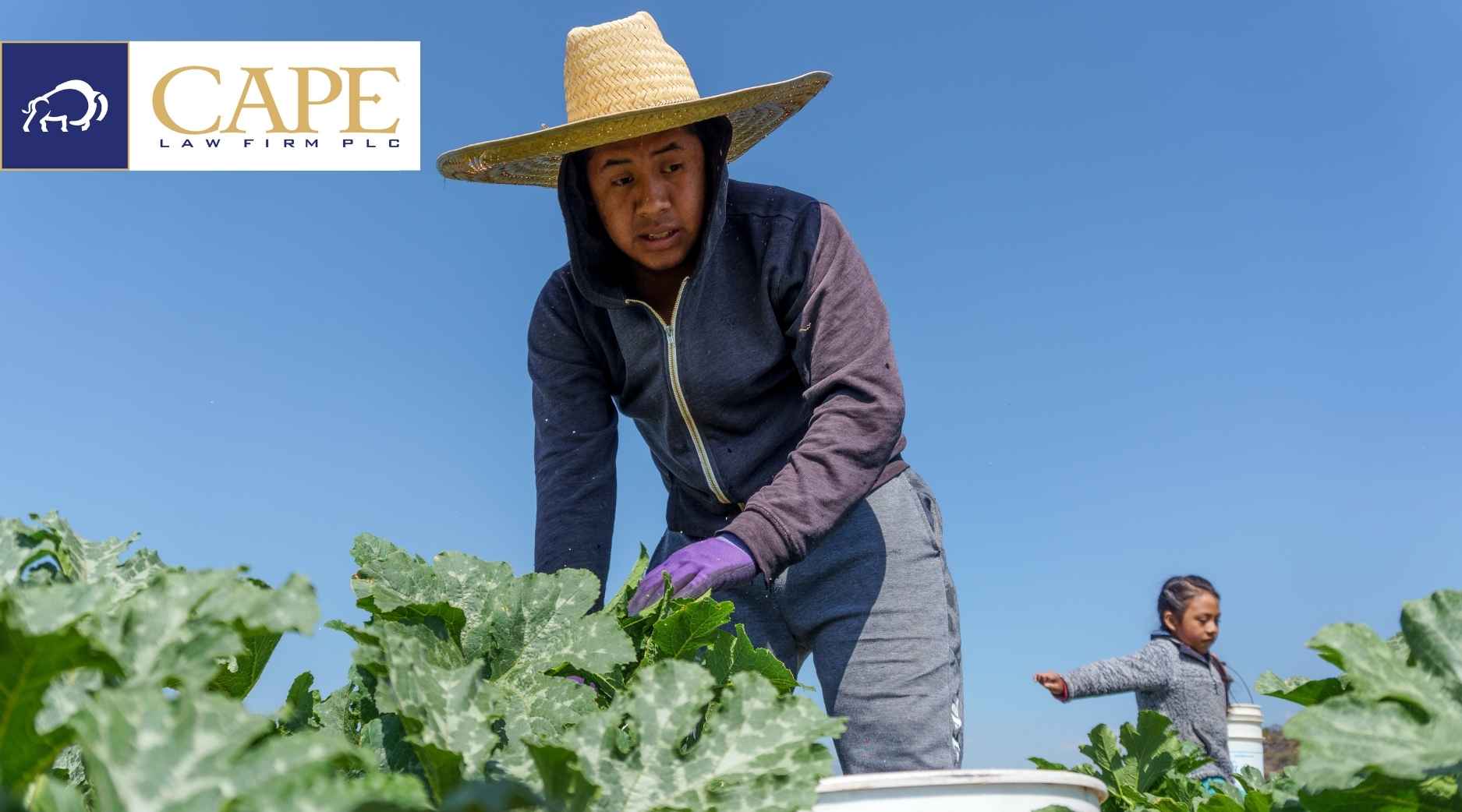I Can’t Believe Anyone Thought It Was Butter!
There is no shortage of quirky litigation over food claims. A recent example comes from the Ninth Circuit Court of Appeals which weighed in on the definition of butter in a consumer class action against Unilever regarding its product, “I Can’t Believe It’s Not Butter! Spray.” Plaintiffs claimed that the nutritional labeling for “I Can’t Believe It’s Not Butter! Spray” (referred to as “Butter! Spray”) was misleading because it was based on artificially low serving sizes – it was labeled as having zero calories and zero grams of fat per serving. Plaintiffs alleged that the serving size should be based on a serving of butter (instead of a spray) which would show the product to have significant calories and grams of fat per serving.
The Court opened it opinion with this observation:
After reviewing the extensive regulatory scheme for food labeling under the Food, Drug, and Cosmetic Act (FDCA), the appeals court found that Butter!Spray was, in fact, properly classified as a spray (not butter) under FDCA regulations. And since the FDCA preempts labeling that is not “identical” to the federal requirements, Plaintiffs claims based on the nutritional label were not viable. The case is Pardini v. Unilever United States Inc, 65 F.4th 1081 (9th Cir. 2023).
Cloudy Issues for Right-to-Repair Legislation
A recent article by DTN Progessive Farmer’s Todd Neely highlighted some of the obstacles of implementing Right-to-Repair laws, namely how to prevent tampering or modifying emissions controls on farm equipment. Farmers and independent repair shops have been urging state and federal lawmakers to pass laws requiring equipment manufacturers to provide access to software and other diagnostic tools needed to repair computerized tractors and equipment. One difficulty surrounding the issue concerns whether the computer code and electronic tools will allow equipment owners to modify the equipment in ways that could be detrimental or even harmful. The DTN article pointed out that EPA charged 3 trucking companies and 11 people with Clean Air Act violations in an aftermarket scheme to disable emissions-control systems on semi-trucks. Some of the proponents of Right-to-Repair laws indicate that they view the right to repair as a separate issue from the right to modify – and they do not support the right to modify. You can read more here.
Farming From Space
If there were any doubt that farming in the not-too-distant future will be done behind a computer monitor and keyboard, John Deere’s entry into the satellite business should put those doubts to rest. Deere and its competitors have been integrating software, sensors, artificial intelligence, and other advanced technology into tractors and equipment for many years. Fully autonomous tractors, sprayers that can distinguish weeds from crops, and precision planters that can make pinpoint fertilizer applications are now available for purchase. Virtual fencing is even rolling out so that livestock producers can create invisible fencing on a computer and keep track of the animals.
Pretty much all of these advanced technologies require connectivity, which can be a significant problem in rural areas. This is one of the primary reasons that Deere issued a request to satellite companies to partner on a satellite network for keeping its equipment connected and online. The satellite network will be able to cover areas without land-based wi-fi networks. As connectivity and technology continues to advance, it will enable producers to do far more at their desk with a computer and with less hired labor. What is harder to envision is whether deployment of these technologies will benefit the rural communities where most ag production takes place, or simply hasten their decline.





